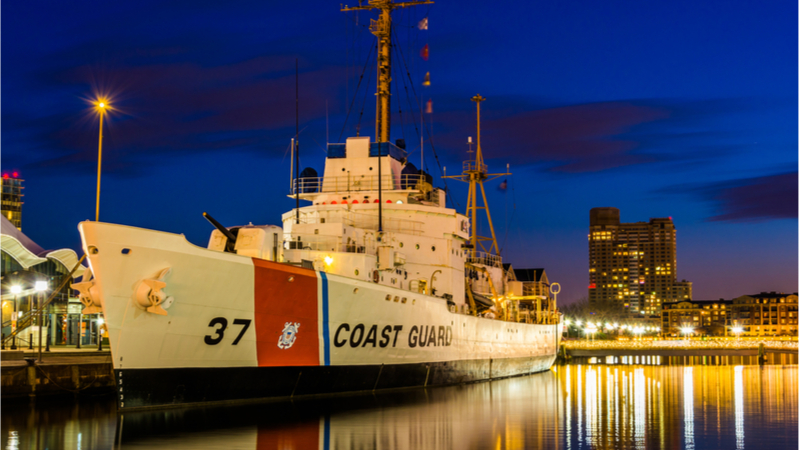
The U.S. Coast Guard is working with the International Maritime Organization (IMO) to develop regulations for autonomous vessels as they emerge domestically and abroad – which a recent GAO report says may change maritime environments.
Autonomous vessels use various sensors and “other technologies” to control speed and direction, avoid collisions, communicate with other ships, and navigate with or without human input.
Current U.S. statutes require a minimum number of crew members per vessel, and the Coast Guard doesn’t have the authority to waive these requirements. However, since 2023, the Coast Guard has been conducting a statutorily directed pilot program for autonomous at-sea rocket recovery – the one exception to U.S. crew minimums.
The development and use of autonomous vessels would require changes to the U.S. legal framework, with GAO saying that the United Arab Emirates and other European countries have already expressed interest in autonomous maritime vessels.
“Officials have heard concerns from industry stakeholders that the inability to reduce crew below the minimum statutory requirements could make the capital cost of developing technologies that would take the place of crew—and thus save labor costs—impractical,” the report says. “Coast Guard officials said they monitor developments that could prompt a need for new or revised laws and regulations, and brief Congress periodically.”
GAO said that the development of autonomous vessels may lead to greater workforce diversity due to less physical demands, greater safety from reduced human error, and less harmful emissions due to reduced fuel consumption and the likely use of cleaner technologies.
Conversely, cyber vulnerabilities have caused hesitation, according to GAO, writing that “cybersecurity risks could be even higher if no humans were aboard who could troubleshoot issues.” The IMO has been developing guidelines to manage cyber vulnerabilities in autonomous systems, GAO noted.
The IMO has proposed four degrees of automation that would correspond to levels of regulation that they hope to be adopted on a non-mandatory basis in 2025:
- Degree one would include vessels with automated processes and decision support for crews onboard;
- Degree two would include remotely controlled vessels with crew onboard with the ability to take control of operations;
- Degree three would include remotely controlled vessels without crews onboard; and
- Degree four would include fully automated vessels able to decide and determine actions by themselves.
Initial regulatory exercises have involved creating guidelines that address safety risk management, mandatory instrument compliance, crew and certification requirements, and human involvement.
Guidelines that have been agreed upon include having a “human master,” having a single remote operating center be responsible for one vessel at a time, and having a master be responsible for multiple vessels only “under certain circumstances.”
